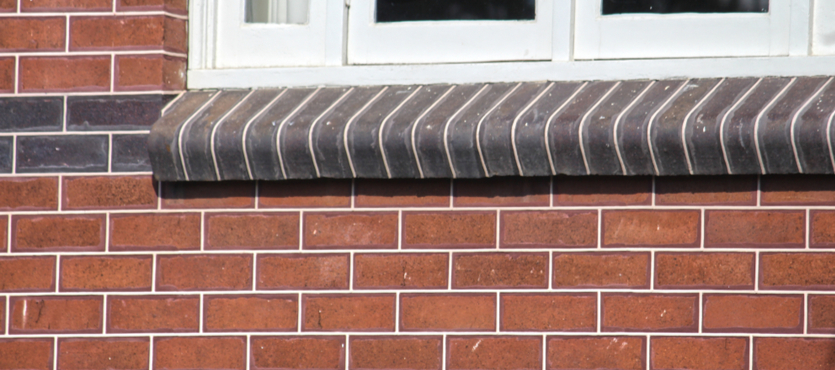Have you ever walked around historic towns and buildings and wondered how their brick structure remains intact? One of the many ways they maintain their integrity and appearance is through a process called tuckpointing. If you have ever considered upgrading the appearance of your home’s exterior brick foundation, this is one of the projects you could do to strengthen the existing brickwork.
Although many tasks around the house can be done on your own, some are best left to professionals, including any work on brick foundations or walls. Like bricks, the mortar holding them together can also deteriorate over time, making maintenance necessary. That is when tuckpointing comes in to save the day.
What is Tuckpointing?
Tuckpointing is the process of repairing mortar joints between bricks or stones with a narrow ridge of lime putty or fine lime mortar to restore its appearance and integrity. To begin the process, a mason will use a router or grinder to remove the damaged mortar. Using new mortar to match the existing brickwork, the mason cuts thin strips down the middle of the joints to form grooves. Finally, the mason will fill in the grooves with mortar that matches the original color of the brickwork.
This process seals out moisture from invading the mortar, preventing further deterioration of the mortar joints while giving the exterior of the building a facelift. This process also imitates rubbed brick masonry by creating a contrasting thin line in the center of the mortar joints, creating an illusion that the mortar joints look perfectly straight.
Why You Might Need Tuckpointing
Before hiring a contractor to perform tuckpointing on your home’s brickwork, it may be helpful to learn the signs of mortar damage. In most cases, mortar can last anywhere between 20 to 30 years without needing to be serviced, but there are some telltale signs of when maintenance will soon become necessary. Signs of mortar damage may include cracking at the joints, erratic vibrations, or noises. While minor cracks along the mortar do not immediately mean tuckpointing is necessary, it is something to keep an eye on.
If any of the signs of damage are neglected, the foundation, chimney, or wall could eventually collapse. Tuckpointing is ideally performed long before severe deterioration occurs in your home’s brickwork. Finally, it is especially important to tuckpoint mortar joints in older homes which typically do not have air gaps and vents, allowing moisture to degrade your foundation’s integrity.
In cases when the neighboring bricks are showing signs of cracking or crumbling, it means a segment of the foundation or wall needs immediate attention. These are not typical signs of normal wear and tear and could be an indication the foundation is compromised or shifting. In such cases, you must hire an expert to evaluate your brickwork before carrying out any projects.
Can You DIY It?
Technically, yes. While you can certainly try to do this on your own, the entire process requires extreme degrees of precision to create level mortar joints which look pleasing to the eye. In cases when entire bricks need to be replaced, especially if they are load-bearing bricks along your foundation or exterior wall, then you should hire a professional to ensure the structural integrity of your home is maintained.
Consider Turnbull Masonry for Your Next Project
Turnbull Masonry has been offering superior masonry construction and restoration since 2003 for the residents of Toronto. We strive to deliver satisfying results for all of our customers through our excellent workmanship and honest approach. If you need a team of professionals for a tuckpointing project around your home, we can fulfill your needs. Contact us today for a quote.

